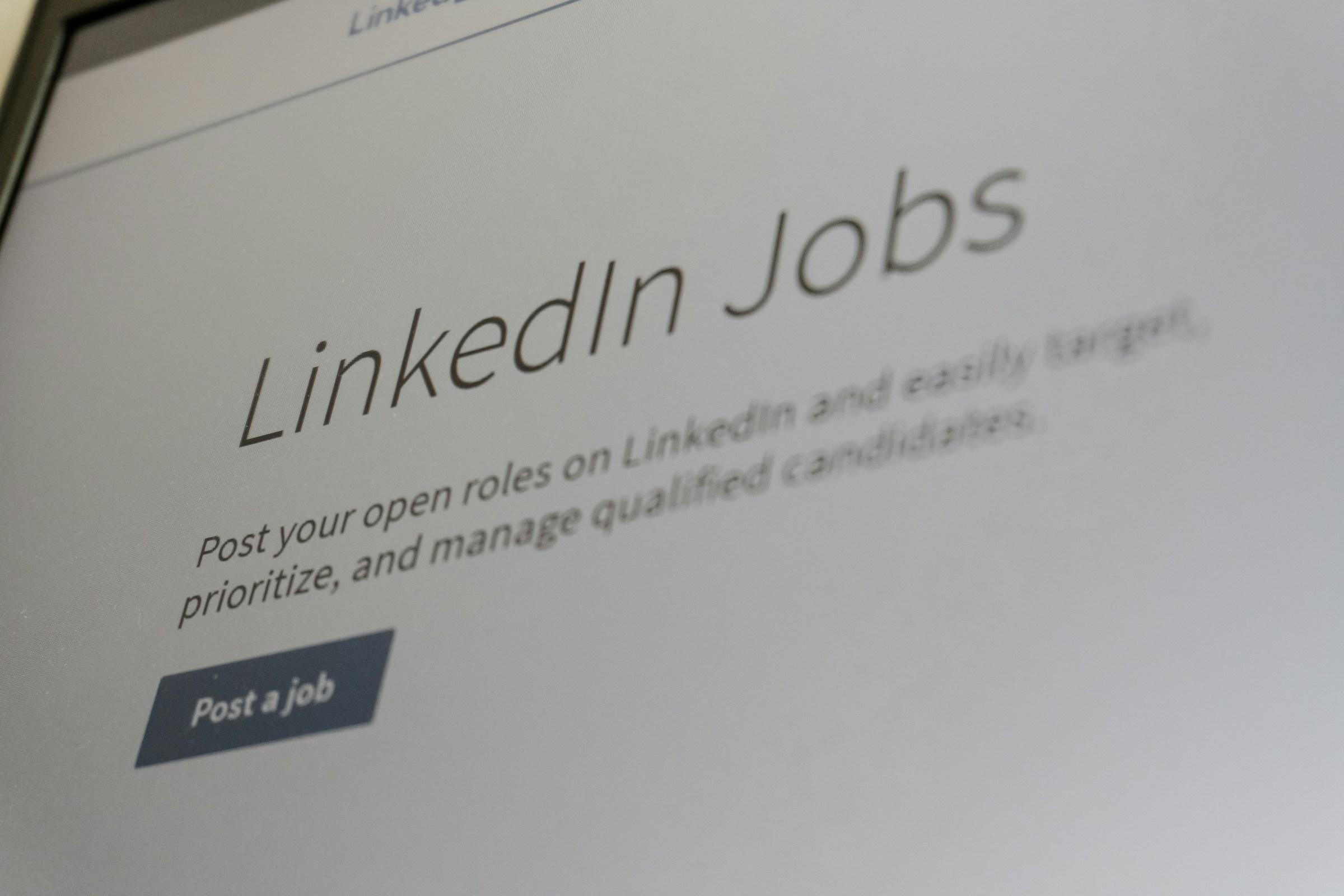You just shipped years of work, then someone else archived the repo. Retrenchment feels personal because your output and identity got bundled into the same folder. The way back is not motivational talk or a generic checklist. The way back is a product relaunch. Treat your career like a platform that needs a new go to market, a tighter core feature, and cleaner unit economics. The market does not reward effort. It rewards fit and repeatable value.
Let’s start with the hard part. The job you had was a bundle of distribution, brand, resources, and colleagues. When that bundle goes away, people try to replace it with a new bundle called a job. That is not the first move. The first move is to separate capabilities from containers. Capabilities are your real features. Containers are job titles, company names, and perks. Capabilities travel. Containers change. If you rebuild around containers, you stall. If you rebuild around capabilities that drive value, you get momentum even before a new contract is signed.
Map your feature set like a PM doing a ruthless audit. What is the work only you shipped that moved metrics, not vibes? Think in verbs, not nouns. Built, launched, cut churn, unlocked a channel, reduced latency, closed seven figure renewals, trained LLM evaluators, hardened a payments flow in a risk market. Verbs tell hiring managers how to place you in their system. Nouns force them to guess. Do not make them guess.
Now pick a wedge. Wedges are narrow problems that open bigger doors. After retrenchment, the instinct is to pitch your full stack: strategy, leadership, data, GTM, culture. That reads like noise. A clean wedge sounds like this: I help content platforms raise creator retention in month two. Or: I turn complex pricing into adoption with self serve funnels. Or: I fix ML products that stall because infra cost outpaces value. A wedge is not your forever identity. It is the shortest path to a real proof point that buyers can recognize.
Build a fast public portfolio around the wedge. Not a portfolio of pretty decks, a portfolio of small shippable assets that demonstrate value without permission. If your wedge is lifecycle growth, publish teardown threads that reconstruct funnels from public signals and propose two testable experiments. If your wedge is data or infra, release a lightweight open source utility, a notebook with reproducible benchmarks, or a reference architecture that trims cost for a common pattern. If your wedge is enterprise GTM, write a concise playbook for a vertical you know and include anonymized talk tracks that sound like the calls you actually ran. The goal is to replace the credibility you used to borrow from a brand with credibility you own because people can see you do the work in the open.
Rebuild distribution like a modern product, not a cold resume blast. Distribution is who encounters your wedge, how often, and with what proof. Pick two channels you can sustain. For operator content, LinkedIn still indexes your reach with the right comment velocity and a clean hook. For technical work, GitHub and a focused newsletter beat Twitter chaos. If your buyers sit in SEA, add WhatsApp or Telegram groups where operators swap vendor names and tactics. If you are selling to US West Coast product teams, join the Slack communities where PMs linger after hours and keep the tone peer to peer. Ship on a cadence you can hold for eight weeks. Most people stop after two. Consistency compounds trust.
Your funnel is not job applications. Your funnel is conversations that move from curiosity to scoping to a decision. That means your call to action should never be “I’m available for roles.” It should be a specific problem offer with a lightweight entry point. For example: three hour audit for subscription drop off in month one, delivered as a Loom with two experiments you can run next sprint. Or: security posture review for a new data pipeline with a one page risk map. Or: creative brief plus concept test for a brand entering TikTok Shop in Malaysia. A clear entry offer turns cold interest into a time bound next step. It also brings you closer to revenue, whether contract or full time.
Pricing is part of the rebuild because pricing signals conviction. If you anchor at zero to look friendly, you will attract teams that view your work as optional. Start with a sensible scope based price for the wedge. Keep the first offer crisp. If they want a deeper engagement, convert to a retainer with a roadmap and an outcome metric you both agree on. If the company wants to hire you full time, you have leverage because you are already shipping value in their stack. This is not a trick. It is a clean way to test fit on both sides.
Use time like a founder on a short runway. Split your week across three lanes. Lane one is revenue today. That is audit offers, quick sprints, or consulting that hits your account now. Lane two is assets that raise your ceiling, like open source work, public analyses, or a course module you can point to later. Lane three is targeted full time searches for roles that are actually aligned to your wedge and long term direction. If you load your calendar with only lane three, you overfit to interviews and underbuild your surface area. If you avoid lane three, you may miss the role that would compound your next decade. The mix will change by week. The discipline is to keep all three lanes alive until your next container is real.
References are better than applications. Ask for three operator level references that can speak to your verbs. A PM who shipped with you, a sales lead who closed with you, a tech lead who trusted your decision when it was expensive, a finance partner who saw your unit economics get cleaner. Coach them on the story. You want tight language that connects outcomes to your wedge. When a hiring manager hears two independent references say you reduced churn by a specific delta in a defined window, the conversation moves from maybe to how soon.
Retraining is hot, but not all certificates move the needle. Pick learning that compounds your wedge. If you are moving deeper into applied AI, do a short project that uses a real dataset, exposes a real failure mode, and documents tradeoffs in latency and cost. If you are moving from brand to performance, run a tiny ad budget for your own assets until you can show customer acquisition cost and payback math. If you are moving from ops to product, lead a community challenge or a mini hack that forces you to prioritize, cut scope, and ship. Learning that ends with a tangible artifact outperforms learning that ends with a badge.
Geography and sector still matter. ASEAN operators know that what plays in California may not clear compliance in Jakarta or scale across languages in Thailand and Vietnam. If your wedge is regional, use that edge. If your wedge is global, show that your assets travel. A teardown that only speaks to US payroll vendors reads narrow. A teardown that compares US, Singapore, and Indonesia flows reads like a person who can think across markets. The same logic applies to sectors. If you come from consumer, build one asset that speaks fluent B2B or fintech. It signals range without diluting your wedge.
Emotion counts, but process wins. Retrenchment scrambles your sense of timeline and control. The fix is not to numb out. The fix is to run a weekly operating review on yourself. Track inputs you own: assets shipped, conversations booked, audits delivered, references engaged. Track outputs you influence: invites to deeper scoping, inbound from the portfolio, interview loops opened. Track outcomes that close the loop: offers made, offers accepted, renewals of short contracts. When you see movement in inputs without movement in outputs, adjust your wedge or your distribution. When you see outputs without outcomes, tighten the entry offer or your pricing signal. This is how you de risk a personal rebuild without burning out.
When an offer arrives, evaluate like an owner. Titles are containers. You want leverage and surface area. Leverage is the power to change outcomes with your work. Surface area is the number of problems and stakeholders your work touches. A narrow title can still carry large leverage if it owns a critical metric. A broad title can still be shallow if it is ceremonial. Ask where the metric you will own sits in the board deck. Ask what breaks if you stop doing your job for two weeks. If the honest answer is nothing, keep going. If the honest answer is we miss a number the CEO tracks, you found leverage. Compensation follows leverage more reliably than it follows title.
If you are tempted to accept the first passable role, remember your wedge exists to prevent panic choices. Short term gigs can stabilize income without locking you into a container that kills your next move. If you take a role that is off wedge, keep the portfolio alive. One asset a week preserves momentum and keeps you visible. The market respects people who stay in the game with clarity, not people who disappear and then restart from zero.
How to rebuild your career after retrenchment is really a question of product and distribution. Your product is the value you can create on demand. Your distribution is the system that puts that value in front of buyers who can say yes. You do not need a perfect story. You need a tight wedge, visible proof, and conversations that convert into scoped work. The story will write itself as the assets, references, and outcomes stack up.
The restart is not a detour. It is your relaunch. Treat it like an operator would. Pick a wedge. Ship proof. Build distribution. Price with conviction. Negotiate for leverage. Then keep shipping until the container that deserves your capabilities shows up and invites you in.














